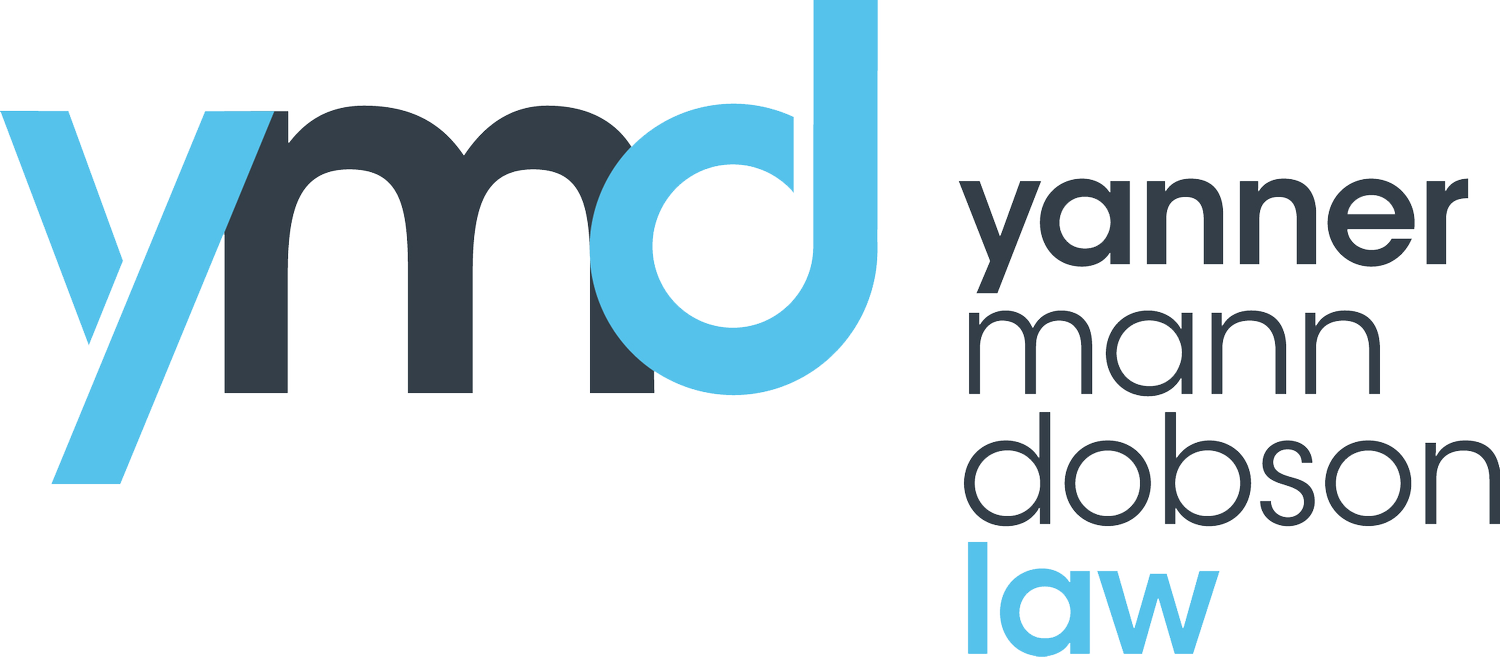Navigating Reverse Mortgages for Retirement
As you transition into retirement, your financial situation often undergoes significant changes. One aspect that many retirees grapple with is how to access the equity in their homes without resorting to traditional home loans, which may not be feasible without a regular income. This is where reverse mortgages come into play, offering a unique solution tailored to the needs of retirees.
Reverse mortgages are financial products designed to allow homeowners to access the equity in their homes without the burden of making regular mortgage payments. Unlike traditional mortgages where you gradually pay off the principal and interest over time, with a reverse mortgage, you receive payments based on the equity in your home, and the loan balance typically increases over time.
Some of the key features of reverse mortgages include:
No Repayment Obligations: One of the most significant advantages of reverse mortgages is that you're not required to make any principal or interest payments during the life of the loan. Instead, the loan is typically repaid when you no longer live in the home, whether due to moving into care, selling the house, or passing away.
Access to Equity: Reverse mortgages provide a means for homeowners to tap into the equity they've built up in their homes over the years. This can be especially beneficial for retirees who may need additional funds to supplement their income or cover unexpected expenses.
Lifetime Occupancy Promise: Typically, reverse mortgages come with a lifetime occupancy promise to the nominated borrower. This means as long as the borrower continues to live in the home, they can access the funds from the reverse mortgage.
Interest Rates and Loan Limits: Reverse mortgages often come with higher interest rates compared to traditional mortgages. Additionally, there are limits on the amount you can borrow, with the loan-to-value ratio (LVR) typically capped at around 25%. However, these limits can vary depending on the lender and individual circumstances.
No Negative Equity Guarantee: One important feature of reverse mortgages is the no negative equity guarantee. This means that you or your estate will never owe more than the value of the home, even if the loan balance exceeds the property's worth.
Exploring Your Options
If you're considering a reverse mortgage, it's essential to explore all your options and understand the implications fully. Resources such as the Home Equity Access Scheme through Centrelink and the Reverse Mortgage Calculator on the Money Smart website can provide valuable insights into how a reverse mortgage might fit into your retirement plan.
As with any financial decision, it's crucial to seek advice from qualified professionals who can help you assess your individual circumstances and make informed choices. While reverse mortgages can offer a valuable source of funds for retirees, they're not suitable for everyone, and it's essential to weigh the potential benefits against the risks.
Reverse mortgages can be a valuable tool for retirees looking to access the equity in their homes without the burden of traditional mortgage payments. By understanding how reverse mortgages work and exploring your options carefully, you can make informed decisions that support your financial goals in retirement. Remember, knowledge is key, so take the time to educate yourself and seek professional guidance as needed.
We’re happy to help.

